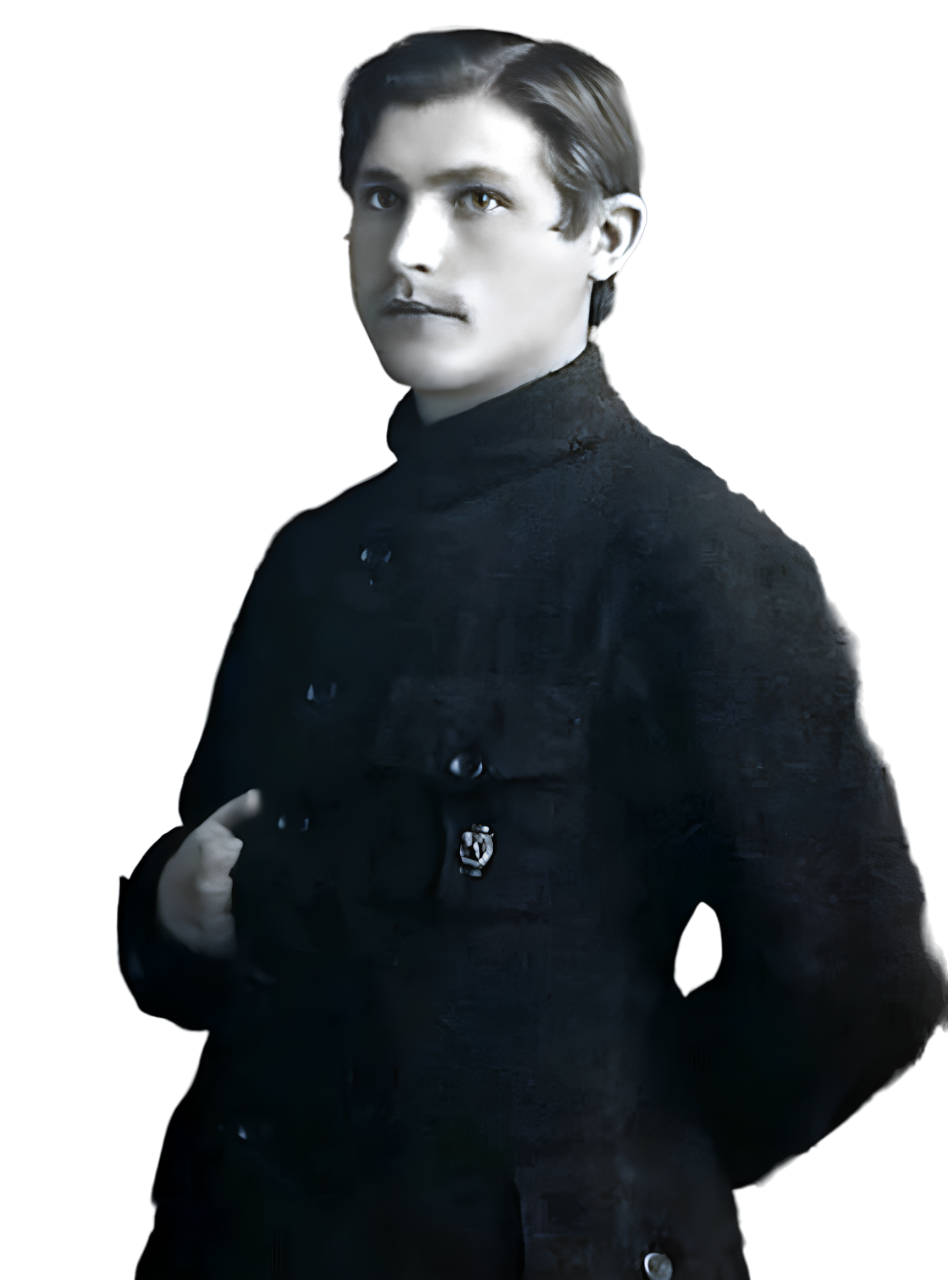About the artist
Gustav Klucis

Gustav Gustavovich Klucis (born in Ruiena, near Volmar- Valmiera, Latvia, January 16th, 1895; executed in Moscow in 1938) studied at the Teacher’s Seminary in Volmar and he also attended the School of Fine Arts in Riga.
In 1914, because of the War he moved to Petrograd and he attended the School of the Society for the Encouragement of the Arts. At the same time he worked as a stage designer at the Okhtenskii Workers’ Theatre.
From 1918 to 1921 he studied in Moscow at the Free State Art Studios (SVOMAS).
In 1918 he met Kazimir Malevich. In 1920 he took part with Antoine Pevsner and Naum Gabo in an exhibition at the Tverskoi Boulevard Pavilion in Moscow.
In the early 1920’ he was an active member of the Moscow avant-garde. He produced paintings, prints and photomontages and designed posters, exhibitions, installations and was interested in typography.
In 1922 he participated in the First Russian Art Exhibition in the “Galerie van Diemen” in Berlin.
In 1924 he started teaching at the Higher State Art-Technical Studios (VKHUTEMAS), with specialization in the theory of colour. He proposed the creation of a single studio for propaganda art, a "Studio of the Revolution", as a section of the VKHUTEMAS, so as to take the place of the traditional faculties.
In 1928 he was one of the founding members of the “October” group. Klucis’ painting, as well as the works of Lissitzky and Senkin, forms a distinct group within Suprematism in the 1920s, different from Malevich’s theoretical programme. In the 1930s he continued working as a poster and graphic designer. In 1937 he was one of the designers of the Soviet Pavilion at the Paris World Fair.